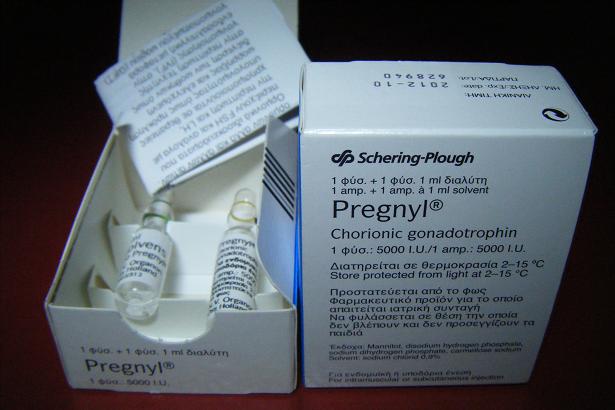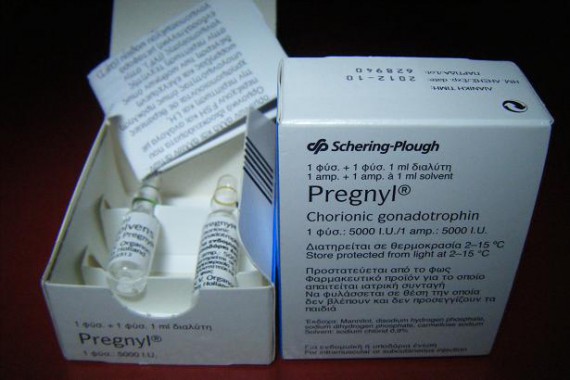
Q: “I do blood testing frequently between steroid cycles, and my LH is all over the map. Values are different even when testosterone is the same. I’m always in the normal range, but want to be high-normal consistently rather than ranging all over. I’ve tried DAA (d-aspartic acid) to improve LH but can’t tell effect on LH because of results vary so much. I’ve also used HCG between cycles at 100 IU every other day with inconsistent LH results. What is happening with my measurements?”
A: LH is released in pulses from the pituitary, with blood levels fluctuating greatly between pulses. Where a person’s level is one value in a given blood draw, in another draw a few minutes later it might be many times higher, or a fraction as much.
It’s quite possible that DAA supplementation can increase LH production, at least where testosterone is low-normal. And low-dose HCG may well reduce LH production moderately. However, because of the high moment-to-moment variability in LH levels, small changes in daily production cannot be determined by ordinary testing.
To illustrate, suppose we want to know which of two baseball players, an outfielder and a shortstop, is the stronger hitter. The outfielder hits 40 homers a year with 100 RBI, while the shortstop’s stats are nowhere near as good.
Our test is, we’ll tape-measure the next fair ball they hit.
Will the outfielder necessarily hit the ball further that one time? No. It’s entirely possible he’ll have a weak hit while the shortstop hits it solidly. A single hit each will probably reveal nothing about their difference in power. The measurement would not be “statistically significant.”
It would take some number of at-bats to determine the matter to any confidence.
Now, while a single such measurement couldn’t tell reliably which major-league player was a stronger hitter than another, a single measurement could well be enough to tell the difference between say a grown man and a young child.
Somewhat similarly, a single blood draw can detect the difference between being shut down and having healthy LH production.
But where two values are both in the normal range, comparing them cannot tell accurately whether daily production is higher or lower in one case versus the other. One of the draws might have been at a time closer to or further from a blood peak than was the case for the other draw.
To tell what DAA might be doing for you, measure testosterone.
Moderate HCG use may be reducing your LH, but as your values are not obviously changed, whatever difference there may be isn’t anything to worry about.
High-normal LH values can give confidence, and low-normal values should not cause alarm if testosterone is good. Below-normal values are usually a true indication of problem.

About the author
Bill Roberts is an internationally-recognized expert on anabolic steroids and performance-enhancing drugs (PEDs). He received a bachelor degree in Microbiology and Cell Science and completed the educational and research requirements for a PhD in Medicinal Chemistry at a major American university.
Bill entered the nutritional supplement industry prior to completing his doctoral thesis but his education was invaluable so far as being able to design/improve nutritional supplement compounds, since it was in the field of designing drug molecules and secondarily some work in transdermal delivery.
His education was not specifically "geared" toward anabolic steroids other than expertise with pharmacological principles having broad applications. This has allowed Bill to provide unique insight into the field of anabolic pharmacology with knowledge of points which he would not have known otherwise.
Leave a Reply
You must be logged in to post a comment.